|
Late in the evening of September 23rd, Mother Nature expressed her extreme displeasure to climate change through Hurricane Fiona which ripped into Atlantic Canada. Here in PEI, Fiona toppled century-old trees that withstood Hurricanes Juan and Dorion, decimated the beautiful north shore sand dunes – the habitat of the endangered piping plover, downed power lines – cutting power to over 95% of Island homes. Three weeks later, there were still families in PEI without power. This is not a poor reflection on the work done by the crews from Maritime Electric and the many workers from other provinces who have been striving night and day to get everyone back on the grid. It is a reflection of the massive amount of damage caused by Fiona’s visit. (photo credit: Eric Stanley) Less than a week later, Hurricane Ian slammed Florida and South Carolina as a Category 4 storm, causing death and destruction not seen since 1935. In both instances, crops have been destroyed which will have a major impact on an already tenuous food security situation for many North American families. The list of hurricanes that caused extensive damage to Atlantic Canada include The Great Nova Scotia Hurricane 1873, Hurricanes Hazel and Edna 1954, Hurricane Juan 2003, Hurricane Igor 2010, Hurricane Dorian 2019 and now Hurricane Fiona. You can clearly see how much more frequently these angry storms are occurring – and this increased frequency is due mainly to climate change. As the oceans warm up, more intense storms will make landfall in Atlantic Canada. Is it too late to turn the corner on climate change? Biologist and broadcaster Sir David Attenborough says, “While it’s true we can never go back to the stable, benign climate that enabled us to flourish for the past 10,000 years, I do believe that, if we act fast enough, we can reach a new stable state.… If we recognize climate change and the loss of nature as worldwide security threats, as indeed they are, then we may yet act proportionately and in time.” We can’t rely solely on world leaders and the government to take the steps necessary to stabilise our climate. Each and every one of us must take action, must make personal choices. One of the things we can do is step away from “fast fashion”. Did you know that, in North America, most pieces of clothing are only worn 4 times before being thrown away? This is due in part to the fact that fast fashion pieces are often poorly made and fall apart after being washed. The numbers are staggering – 10,000 items of clothing are sent to landfill every 5 minutes! The majority of our clothing choices, both fast fashion and higher end pieces, are made from fossil-fuel based products such as polyester, nylon, synthetic fleece. Clothing made from fossil fuels do not breathe and therefore keep us neither cool or warm – just sort of damp and sweaty. When we wash them, small microfibres end up in our waterways. Fish eat these microfibres and end up starving because their bellies are full of plastic. These microplastics also have been found in placentas, stools and have even crossed the blood-brain barrier! (changingmarkets.org/fossilfashion) When we throw these clothes away, they remain in landfill for generations if not centuries. (photo credit: Antoine Giret) Wool, on the other hand, is a 100% renewable resource. It creates a breathable fabric, keeping us warm in winter and cool in summer. A piece of wool clothing could be made completely without any reliance on fossil fuels. Sheep could be shorn manually, their fleece washed and spun by hand, then knit or woven into a piece of clothing. Any waste wool can be added to your garden to reduce the amount of water needed and to add slow release nitrogen and potassium. I’m not suggesting that we do away with mills. I am saying, however, that the environmental impact of creating wool fibre is far and away better than the creation of any synthetic fibre. But don’t sheep, goats and cows, as ruminant animals, create methane? Yes, they do. Methane gas, however, is a short-lived gas that naturally breaks down in a few decades. CO2, on the other hand, which is a by-product of fossil fuels, is a long-lived gas which will remain in the atmosphere for millennia. Farm management practices like rotational grazing and selecting higher quality feed can reduce the levels of methane produced by ruminant animals. Sheep are actually beneficial to the environment! Not only do they provide us with wool and meat, their split hooves act to aerate the soil by breaking it up, allowing new plants to grow. When they graze, they do not pull up the roots of the plants so these plants grow again and again. In areas where there is a great deal of dry underbrush, sheep have been brought in to graze in these areas to prevent wildfires! (photo credit: Campaign for Wool Canada) According to the Canadian College of Naturopathic Medicine, wool has healing properties! If you suffer from rheumatism or arthritis, having wool next to your skin increases circulation which, in turn, decreases the pain (because pain decreases circulation which can make the pain worse). Wool bedding improves your sleep quality because wool helps you to maintain a constant core temperature. And, for those who are bedridden, woollen mattress pads can assist in the prevention of bedsores. Just this morning, I was chatting with a guest who is a Reiki practitioner. She told me that it is so important to wear natural fibres like wool or linen as these fibres allow energy to flow along the surface of your body, unlike synthetic fibres which impede or possibly even block this energy flow. Reiki and knitting naturally go together. Reiki is enhanced by meditation. Knitting is not only relaxing but meditative as well. The rhythm of the knitting needles, the repetitive motion of the fingers and hands all contribute to a sense of peace and relaxation. Small wonder that knitting with wool is so wonderful! (photo credit: AffiePlass Fotografie and Campaign for Wool Canada) October is Wool Month. Let’s celebrate this wonderful, natural, healthy, ecofriendly, breathable, flame and odor-resistant fibre! Is it any wonder that Mother Nature loves wool?
Comments are closed.
|
AuthorLive life luxuriously! Classic simplicity is what I enjoy the most - in clothing design, home decor and in life! Archives
June 2024
Categories |
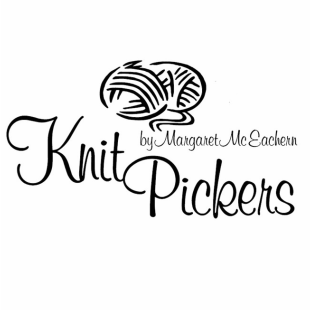
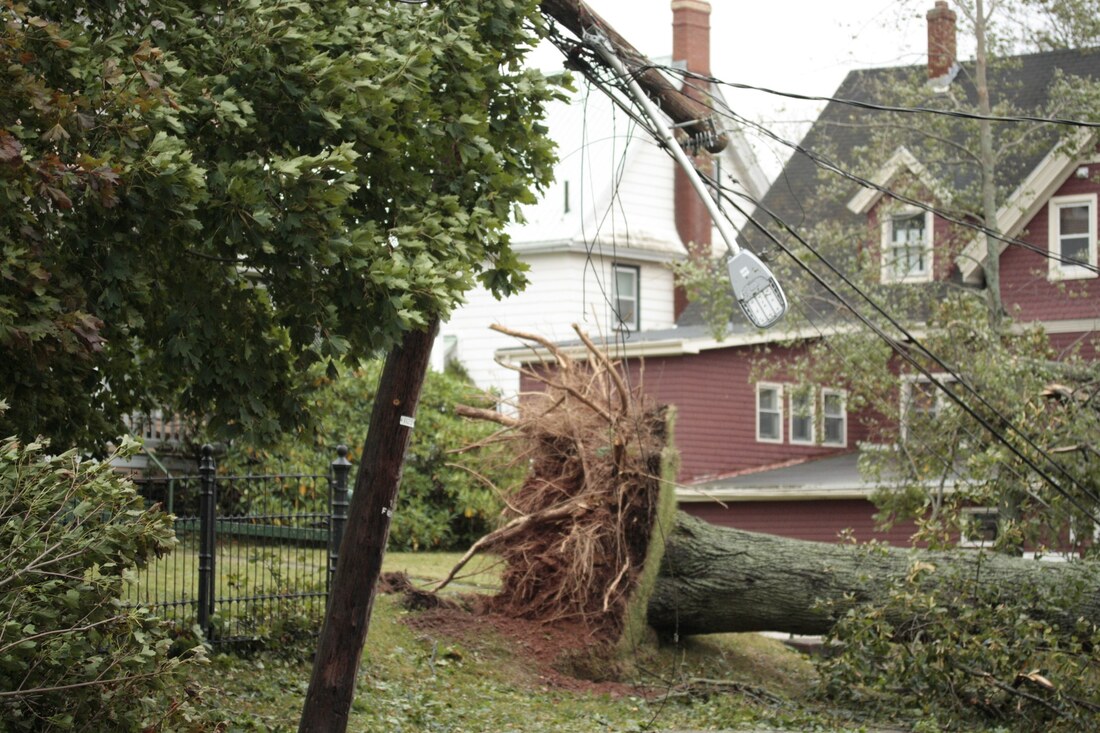
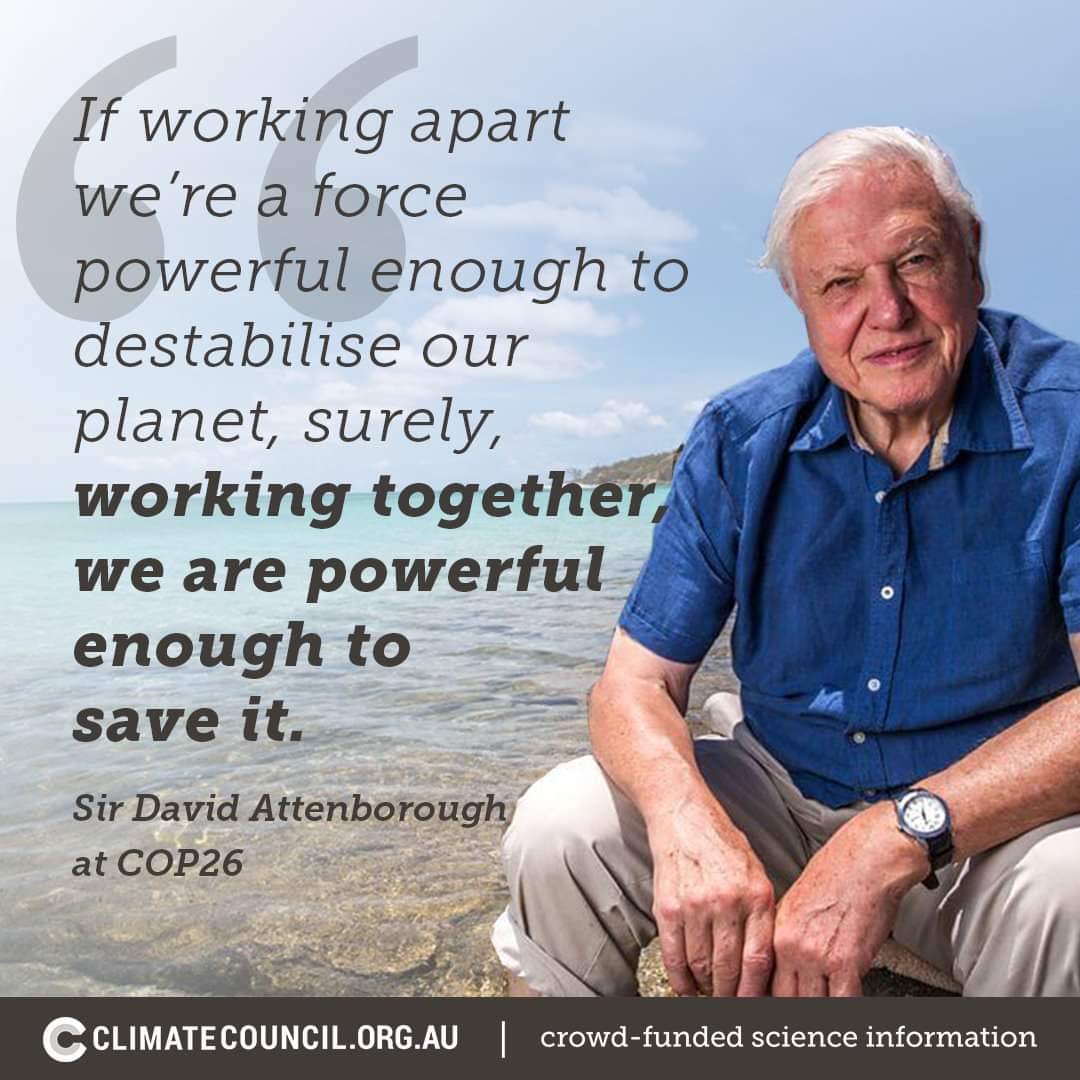
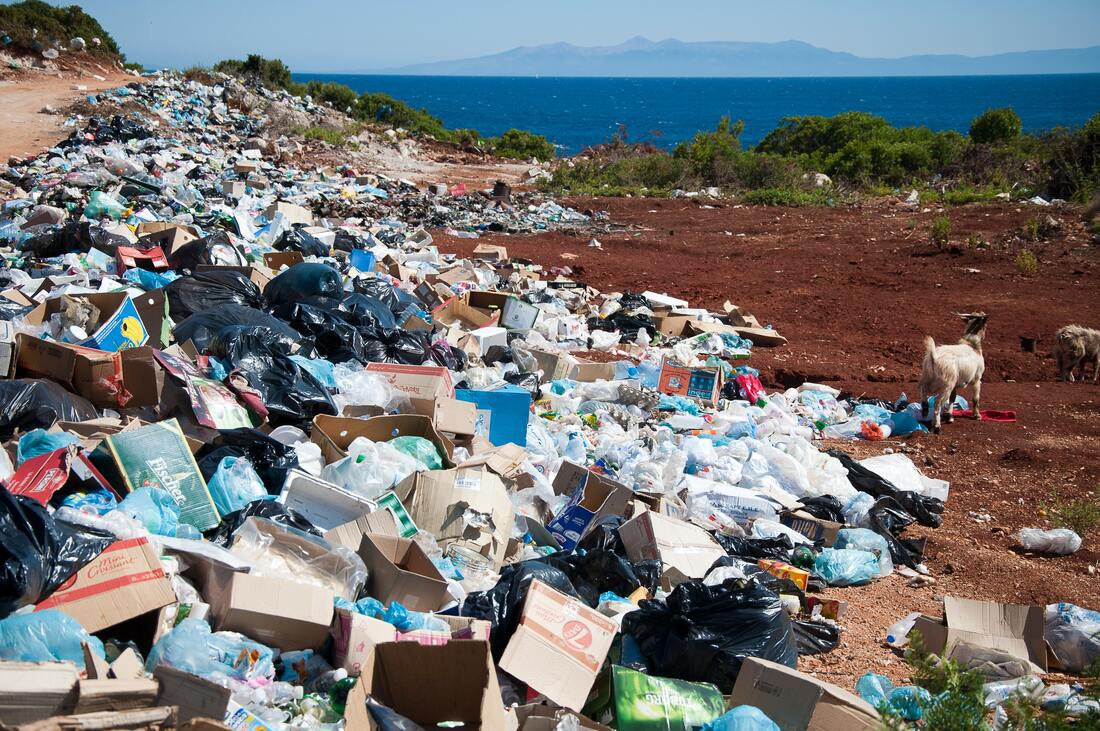
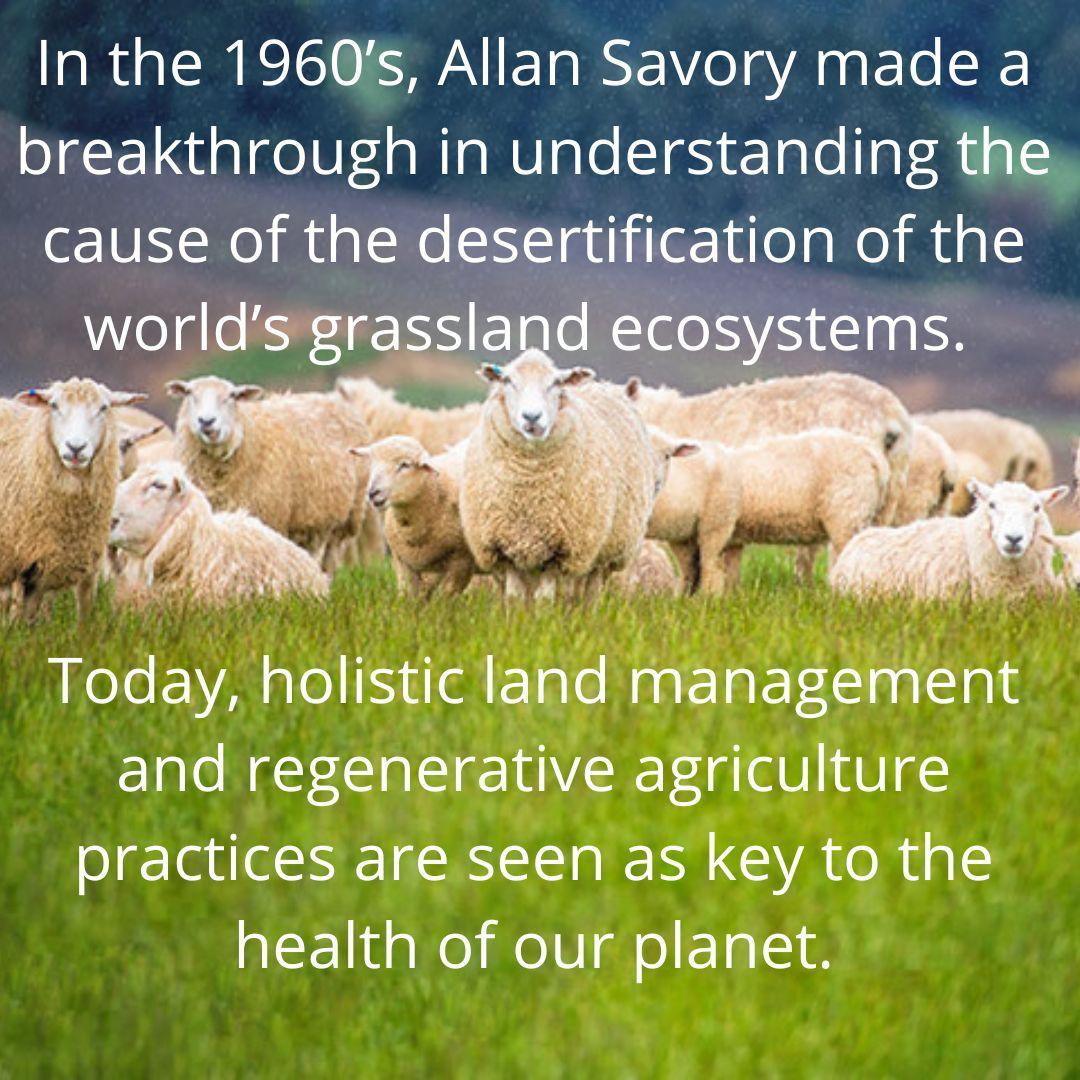
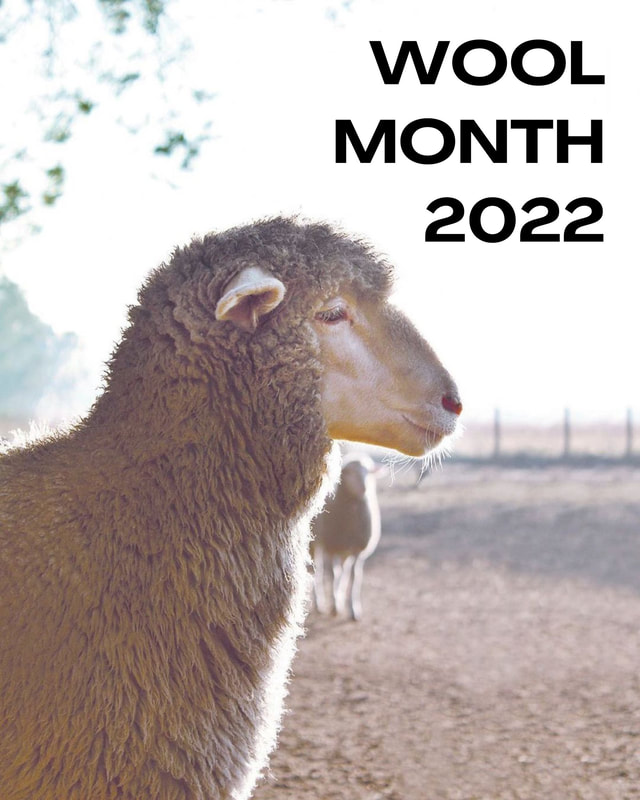
 RSS Feed
RSS Feed